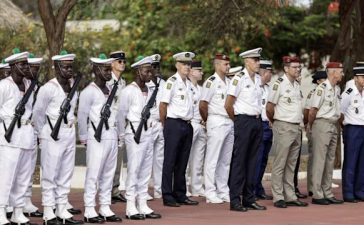Many Africans escaping violence and poverty come to South Africa in search of a better life. But they often find themselves in danger in their new home, accused of taking jobs away from South Africans.
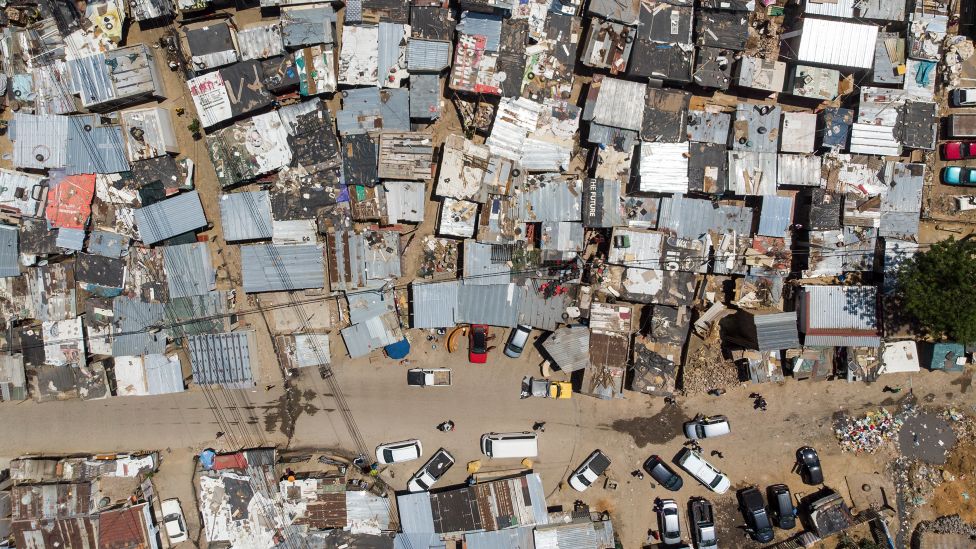
Photographer Shiraaz Mohamed caught up with some who live in Johannesburg’s Alexandra township and Hillbrow, an inner city neighbourhood, about what it is like to deal with xenophobia and crime on a daily basis.
Supermarket owner Getachew Desta (above) fled Ethiopia in 2010 after he was suspected of supporting an opposition party and now lives behind a steel cage and burglar gates in Alexandra.
He says he finds life better here, but complains about the crime.
“I am OK being locked behind the cage as we don’t know when the criminals will strike. At any given time they can they pop up, point a gun at you and rob you of your money. They can also kill you.”
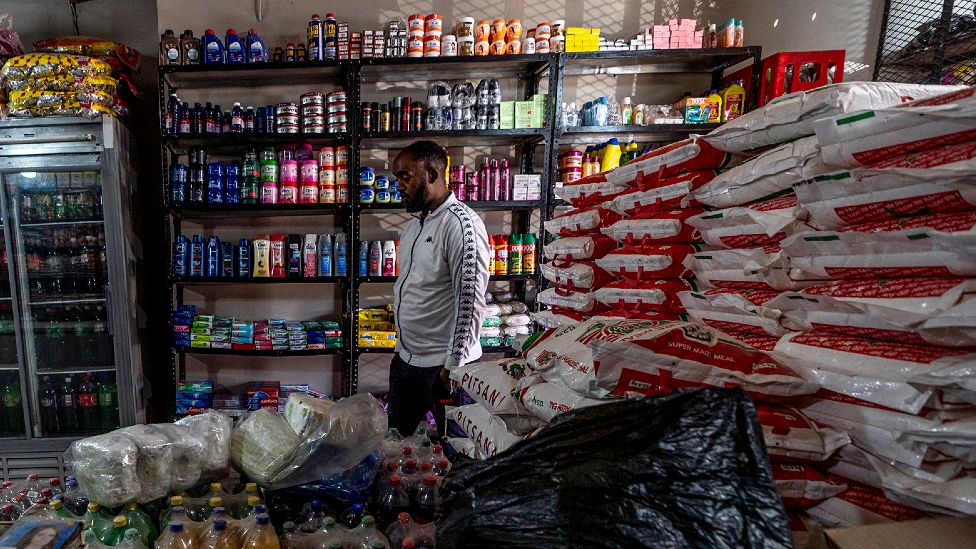
He was a victim of xenophobia in 2016, when a mob ransacked his shop and he was left with nothing.
And again in July this year in the unrest that erupted after the imprisonment of ex-President Jacob Zuma for contempt of court. The violence hit two provinces and killed at least 340 people, with damages exceeding 50bn rand ($3.2bn, £2.4bn).
“It happened at night. I was not there. I called the police to alert them but they did nothing. I lost everything and had to borrow money from my family to restart, but it was not enough and I ended up buying my supplies on credit.”
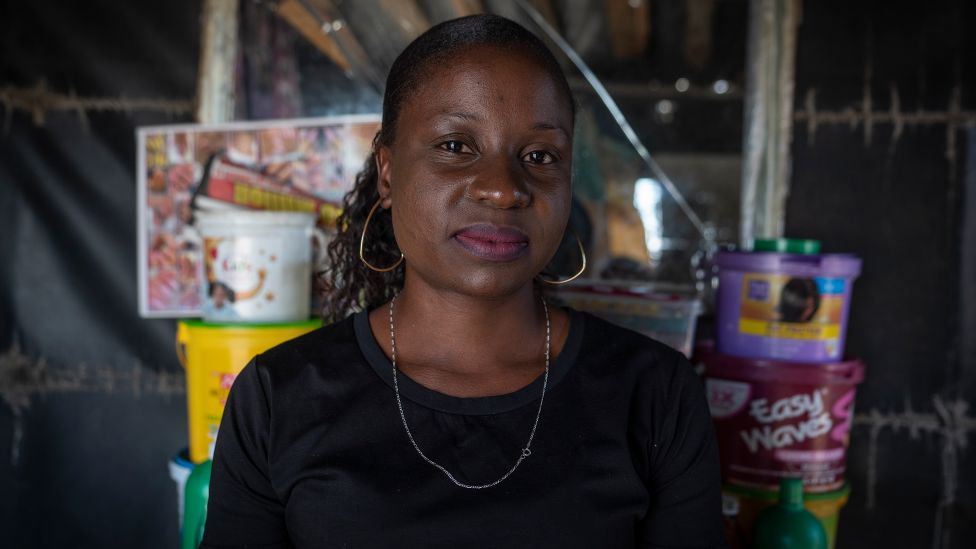
He has also been kidnapped twice – in 2016 and 2019 – until a ransom of more than $3,000 was paid on each occasion.
The shopkeeper still prefers life here to returning to Ethiopia, but he has become increasingly despondent about the police as criminal cases are not followed up. “Police can’t do anything for foreigners here. It’s almost as if they do not care about us.”
Fellow Ethiopia supermarket owner Mulugeta Negash (above), who has been in Alexandra for 13 years, says the danger is so extreme he would consider going home.
“We are unable to get identity documents. As a result we cannot open bank accounts and have to carry around cash to buy stock. The thieves are aware of this, which puts us at risk,” the 34-year-old says.
He was also a victim of anti-foreigner attacks after he was beaten up by a mob and lost all his stock not long after he first arrived.
“I live in fear every day,” he says.
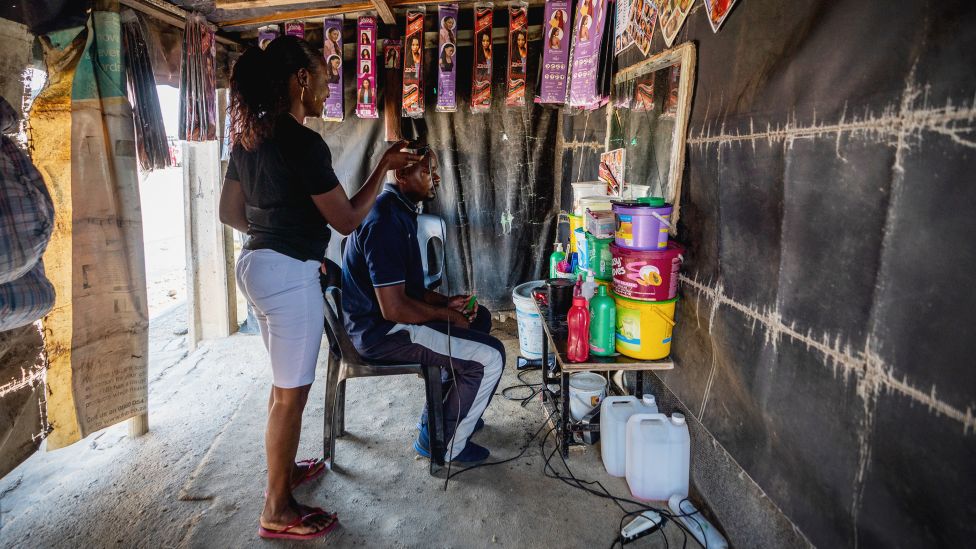
A 43-year-old man from the Democratic Republic of Congo (above) who lives in Hillbrow says he feels lucky to still be alive: “My best friend was attacked one morning [in the xenophobic violence in 2008].
“He was stoned to death like a dog.
“Imagine someone runs away from his own land and comes here to find peace but ends up getting killed.”
Asking not be named to protect his identity, he told of how he was smuggled into South Africa in a lorry 20 years ago when Catholic missionaries helped him escape from jail after he got into trouble for criticising the Congolese president at the time.
It was difficult for him to find work at first as he could not speak English, but after he was granted refugee status in 2008 he was able to train as a security officer – and is now married and has a family with a fellow Congolese national.
Despite his fears he says he is grateful that he is able to feed his family – his one regret is that he has been unable to make contact with his parents and does not know if they are alive.
Mozambican Nelfalda Dule (above) is also proud that she can support herself and her family in South Africa. She runs a hair salon from a pavement on a busy road in Alexandra.
But this also puts her at risk in a township where robberies are an everyday occurrence. She lives within a large Mozambican community and they tend to stick together for safety reasons.
Ms Dule says the most hurtful thing is the insults that South Africans often hurl at her, using the term “kwerekwere”, a derogatory word for African migrants.
“This is something that causes me to be sad,” she says. [SOURCE: BBC]


